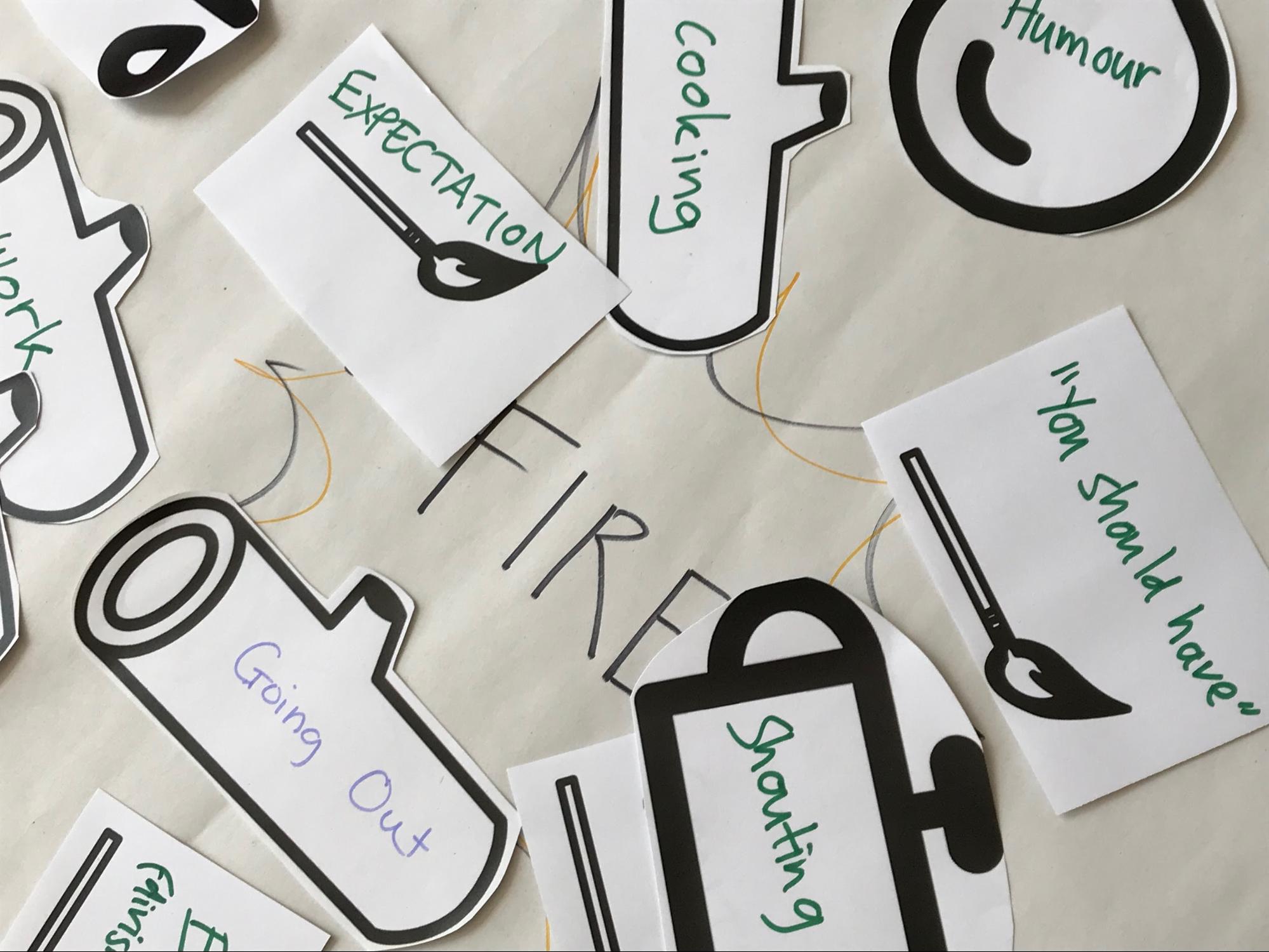Why is co-design so important?
By definition, co-design is the approach of actively involving stakeholders in the design process. From end-users to partners, each opinion is invaluable in the creation of something new.
The purpose of co-design workshops is to discover unique perspectives through collaboration and to include user and stakeholder opinions in key decisions. At Good Things Foundation, we focus on using a community approach to design as a useful tool because not only are you listening to people, you’re empowering them to make a difference.
As the world evolves at a rapid pace, the issues we face become more and more complex. These complex problems can be too challenging for a single person to fix and so, by inviting others to take part in the creative process, you can design the best solution possible.
Recently as part of the Reducing Parental Conflict project funded by the DWP, we held several co-design sessions across the country. In these sessions, we worked with users to discover what parents argue about, what their relationships are like with the people around them and to test how parents respond to existing Relational Capability videos.
For the co-design stage, we hosted workshops with Online Centres across the UK and asked parents, some of which we’d spoken to previously, to create stories around what families argue about and develop a “going better” scenario. By working together to develop the stories of how an argument could go better, we’re creating an environment where parents from a variety of different backgrounds, can connect over shared experiences and make an impact for others in the community.
The purpose of these workshops was to build upon insights gained from User Research interviews earlier in the year, as well as test the relevance of existing support material to an audience with issues such as low digital skills and low literacy levels.
In order to understand how to begin these stories, we discussed users’ experiences and looked at how they identified the signs of conflict. To help us do this, we worked with OnePlusOne, a charity which focuses on relationship psychology.
With the support of their expert team and their relational capability tool kit, we created an activity that broke conflict down into 4 distinct parts:
- What do people argue about? The logs that build the fire
- What triggers the argument? The matches that start the fire
- What made it worse? The fuel that makes it worse
- What made it better? The water that puts out the fire
To try and help get parents talking, we used paper cut-outs of logs, gasoline, matches and water to act as visual prompts and aid discussion. Using a paper artefact to represent each stage of an argument worked perfectly. Some people talked about the artefacts and others worked individually, writing their own scenario on each.
With these tools, users began to build stories in their own words of a ‘going better’ conflict scenario. The activity worked wonderfully, allowing us to learn a lot about the language parents use and their own perspective on conflict.
A real positive for designing with users is the empowerment it can give them. Rather than us asking “What do you argue about?” instead, asking “what do people argue about?” allows parents to take a step back, detach from their own experiences and share knowledge from an expert perspective.

After creating content for the very stories they’d created, we went back and shared our finished storyboards with parents at centres. It was great to see the positive feedback from this as people were excited to see what their contributions had created and that in testing, the story was relatable and painted a true picture of family conflict.
Co-design has been an essential part of this project because the content has been completely designed by the very parents who we seek to engage. From the ages of the characters in our stories, to what those characters argue about, the users have been the narrators of our work and have a huge impact in creating a solution to argue better. This is the beauty of co-design.
